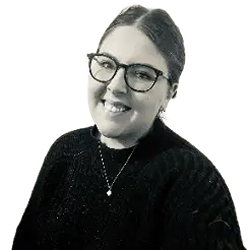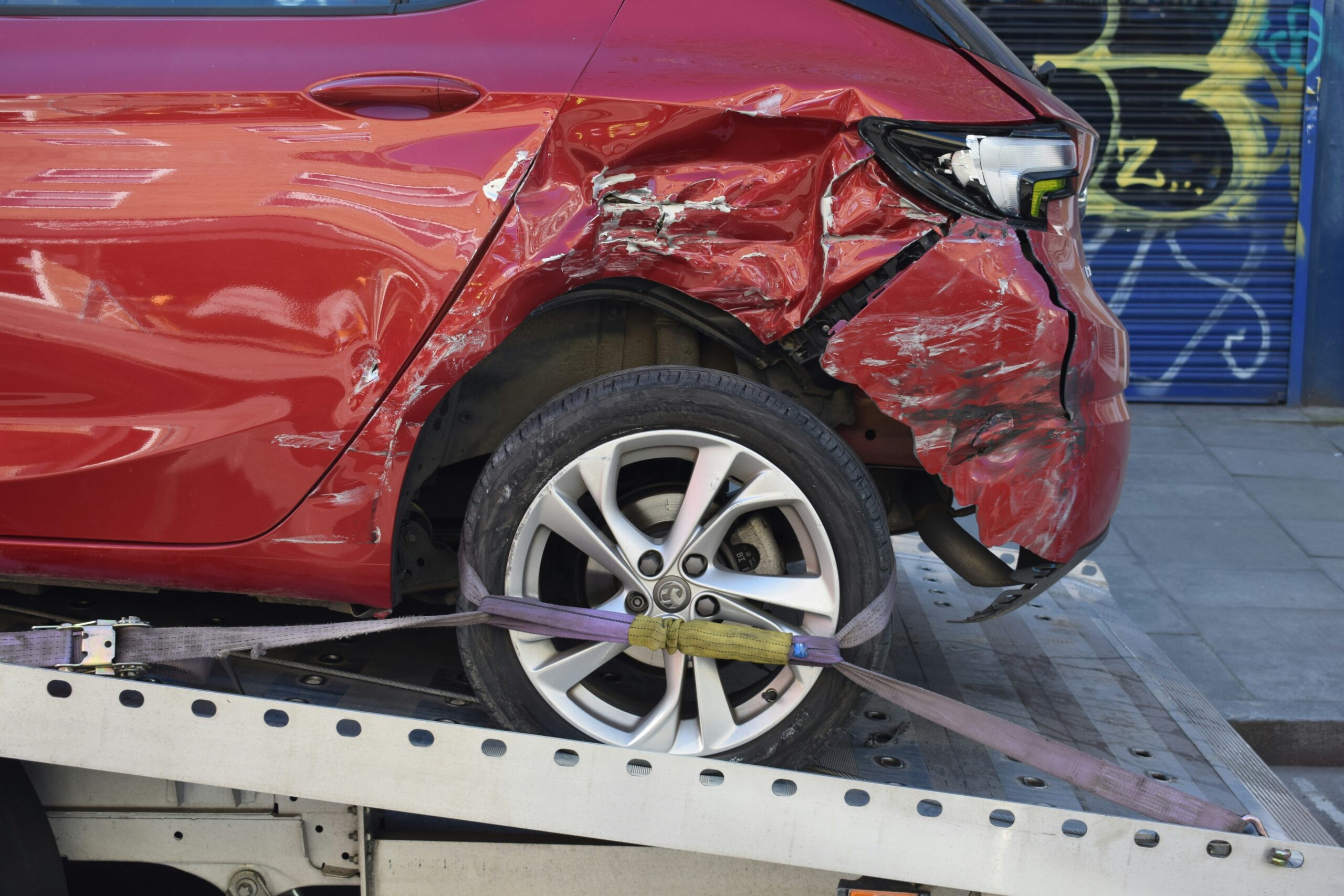After an accident where someone else was at fault, you can file a liability car insurance claim to collect damages and recoup medical expenses or lost wages. Liability claims can usually take between a few weeks to a few months to clear, depending on whether or not it goes to court.
What is a liability claim?
Almost all states require drivers to demonstrate financial responsibility by carrying minimum liability insurance to drive. Essentially, this insurance says that you are liable to pay for any property damage or personal injuries you may cause in an automobile accident.
When you’re at fault in an accident, the other driver will file a liability claim with your insurance company to collect damages to pay for their repairs and medical expenses. If you’re not deemed at fault in the crash, you can file a claim against the other driver to cover your injuries or damages.
The claims process involves various steps, including:
- Notification of insurance company
- Investigating the claim
- Negotiating a settlement or going to court
Keep in mind that liability insurance coverage does not extend to intentional damage or criminal activities.
Liability claims vs. comprehensive claims: What’s the difference?
Whereas liability claims only cover bodily injury and damages, comprehensive claims will cover damages caused by severe weather, theft, or vandalism. Keep in mind that a comprehensive claim will come with a deductible, which must be paid before your insurer covers the rest of the expense.
Learn more: How to handle an accident if you’re not at fault
How to file (and get the most out of) a liability claim
Your claims process actually begins at the scene of the accident. After the car accident, it may continue for weeks or months while the company studies the situation to determine fault and issue a payout. Here’s what to do when filing a claim with your insurance company, or another party’s insurer:
- At the scene: Get to a safe place, then gather evidence and contact information at the scene of the incident. Typically, this will include photos of the vehicular damage from a variety of angles, photos of any injuries, a police report, contact information for involved parties, including license plate number, and insurance information for involved parties, including policy number and name of insured
- After the accident: Contact your insurance company. Some companies allow policyholders to file a claim directly through a mobile app or online portal. Otherwise, you may have to call. The adjuster may take some time to review the claim thoroughly. File promptly to ensure the fastest possible resolution.
- Claim resolution: An accepted claim means that there’s enough evidence to point to the at-fault driver, so the company will pay you according to the at-fault driver’s policy limits. If the payment offered after your liability claim is not sufficient, you can attempt to settle for another amount or escalate to a lawsuit.
Liability claims in no-fault vs. at-fault states
Depending on where you live, the process for filing liability claims may vary. For those living in no-fault states, such as Florida, Kansas, or New York, each party will file their claims with their injury claims with their own insurance provider. However, in at-fault states, the driver who caused the accident is responsible for covering both bodily injury and property damages.
Learn more: What to do if your car accident claim is denied
Types of liability that may be covered with car insurance
Car insurance liability coverage pays for property damage and injuries to another person resulting from an accident where you’re at fault. Most states require drivers to have at least some level of liability coverage to legally operate their vehicles.
There are two types of claims that fall under liability in a typical auto policy:
- Bodily injury: This pays for medical expenses, legal fees, and other costs associated with injuries to others caused by your actions while driving.
- Property damage: This pays to repair or replace property, such as vehicles or structures, damaged in an accident where you’re at fault.
If you are involved in an accident that results in death or life threatening injuries, your bodily injury liability claim will also compensate for future earnings, funeral and burial costs, and any pain and suffering associated with the crash. In most cases, liability claims will also cover wrongful death (i.e. the untimely death of another party due to negligent driving), but the amount may depend on your state laws and regulations.
On the other hand, intentional damage and contractual liabilities typically fall outside the scope of liability insurance policies. Similarly, liability coverage does not pay for your own medical bills or damage to your own vehicle. For that, you’ll need full coverage car insurance and some type of medical payments or personal injury protection (PIP).
Learn more: Do you have to have car insurance?
Your car insurance will rise after a liability claim—even if you’re not at fault
No matter who’s responsible for the accident, once you file a claim, it will go on your insurance history and your rates will likely increase.
On average, drivers with a claim on their record pay approximately 36% more for car insurance. But regardless of your costs, you can still find cheaper monthly rates with the following providers:
| Insurance company | Average before claim | Average after claim |
|---|---|---|
| Mercury Auto | $115 | $150 |
| Safeco | $146 | $151 |
| Nationwide | $145 | $158 |
| National General | $152 | $171 |
| Progressive | $144 | $175 |
| Safe Auto | $142 | $181 |
| Direct Auto | $149 | $185 |
| Gainsco | $146 | $191 |
| Allstate | $175 | $200 |
To keep rates low, even after finding your ideal provider, continue shopping for car insurance with Jerry.
After you create your account and answer the necessary questions, you can run customized quotes from dozens of insurance companies at once. Each quote will be tailored to your unique driver profile, so that way, you can be sure that you’re getting the best coverage for your specific needs.
FAQ
-
What does liability insurance cover?
-
What are the different types of liability claims?
-
Does liability mean fault?
-
Does liability insurance cover you if it’s not your fault?

Bonnie Stinson is an insurance writer with 8+ years of experience as a content writer. They specialize in making complex topics like insurance and technology easy to understand. Bonnie has written over 1,300 articles to help people become confident car owners, from how to choose the right car and build a car insurance policy to dealing with stressful situations like car accidents and unexpected repairs. Before joining Jerry’s editorial team, Bonnie worked as a digital media strategist and user experience researcher, producing content for Furnishr, STACKEDD Magazine, InfinityCore Health, and the global non-profit Giraffe Heroes.

Kianna Walpole is an insurance writer and editor with a comprehensive background in consumer behavior and online publishing. With experience in car insurance, maintenance, and repair, she is dedicated to building informative content that helps customers reduce costs while achieving the best service. Prior to joining the Jerry editorial team, Kianna worked as a junior editor in the content marketing industry, using consumer data and key insights to create and edit content for an array of large-scale clients in the real estate, cybersecurity, and healthcare industries.







